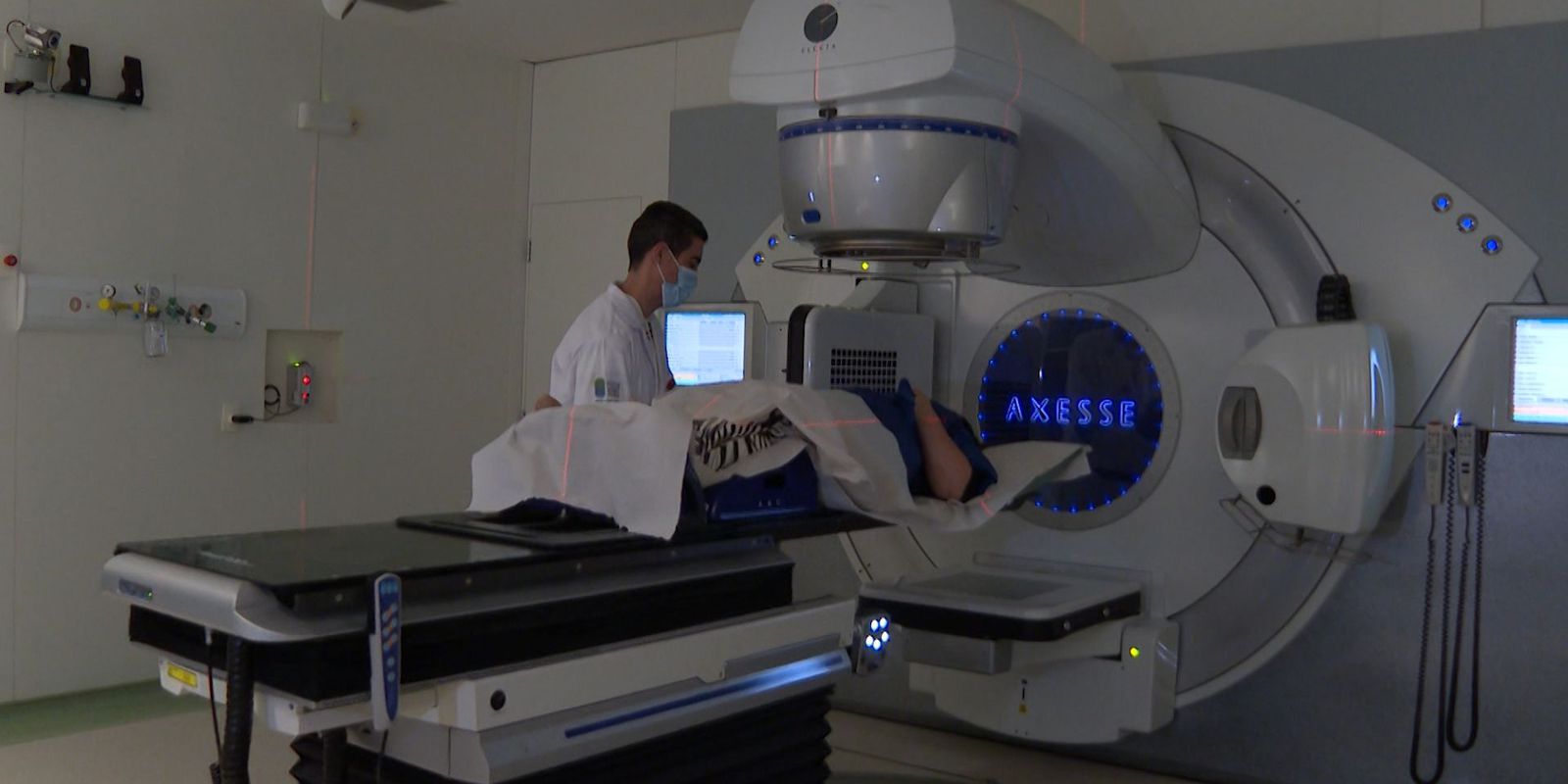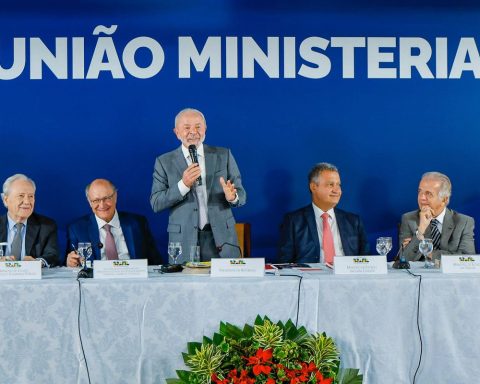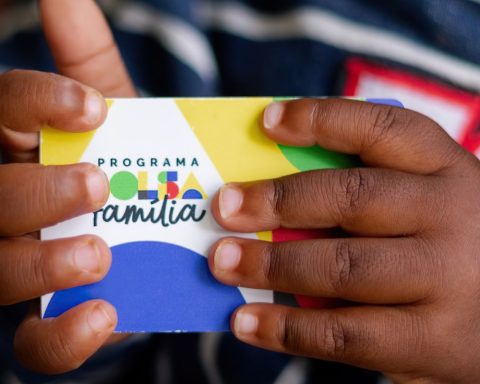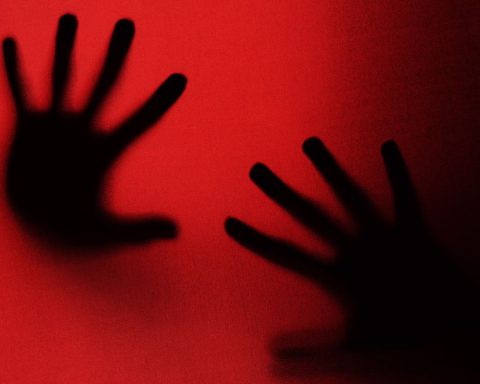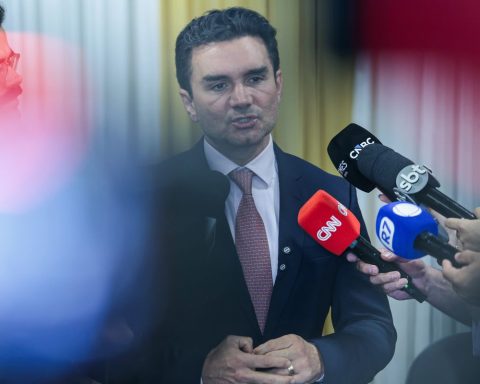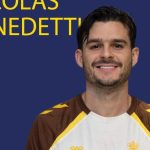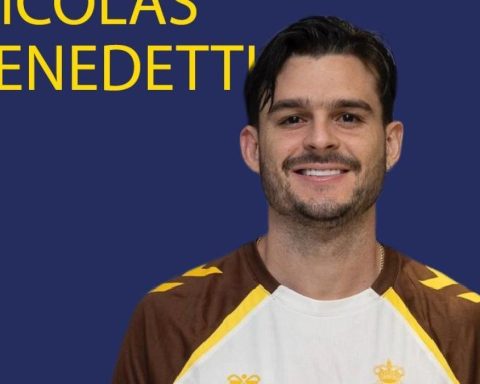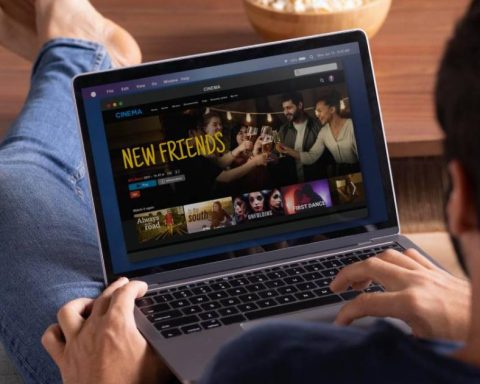To show the alternatives offered by the public network that are within reach of the entire population, this Sunday’s Paths of Report (29), reveals the hospitals that offer care by the Unified Health System (SUS) that are references in health in the country. Among them is the Cancer Institute of the State of São Paulo, ICESP.
Oncologist Maria Del Pilar Estevez, director of the institute’s clinical staff, says: “We have 45,000 active patients undergoing treatment within the institute”. She says it’s important to bring hope to all of them.
It was there that we met the patient Cintia Adelita, who was surrounded by hospital staff. Ringing the bell that heralds the healing of those who faced the disease, she told us about her relief. “Several times, when I arrived here, I saw people playing. And I said: One day I will get there too. I will play [o sino]”. After undergoing chemotherapy sessions, losing part of her hair, facing surgery and radiotherapy, Cintia celebrates: “It was a very big victory. Today I am cured”.
Another recognized reference center inside and outside the country is the Hospital for Rehabilitation of Craniofacial Anomalies, linked to the University of São Paulo (USP), in Bauru. Known as Centrinho, it still dedicates 100% of its installed capacity to SUS users.
“We are the largest SUS center in Brazil, one of the largest in Latin America. We are pioneers in this area of rehabilitation, and among this craniofacial anomaly, the most common is cleft lip and palate. And that interferes with speech, communication, aesthetics, and, obviously, with food”, explains Luiz Fernando Manzoni, clinical director at Centrinho.
Thaís Souza, mother of a patient at Centrinho, recalls the mishaps faced by her son, who is undergoing treatment at the hospital. “He ate and came out through his nose. As the roof of the mouth was opened, he returned everything. He closed the roof of his mouth and closed his lips,” she explains.
“Over the course of life, other surgeries are performed depending on the size of the cleft and the involvement of the cleft. Other treatment modalities are needed, such as orthodontic appliances to correct the position of teeth and speech therapies. Often the patient has to learn to swallow properly. And for that, a very large team of professionals from different areas of health is needed”, said Carlos Santos, superintendent of HRAC/USP.
Today, Centrinho has already surpassed the mark of more than 100 thousand patients treated in the areas of cleft lip and palate, congenital craniofacial anomalies and hearing impairment.
There we also find Clívia Donza, mother of the boy Arthur. She said that with only 3 months to live, due to the malformation of the heart and later complications, he lost the hearing in both ears. “I was suspicious of hearing loss because he had no reaction to sounds. I had no idea that a deaf child could speak. When I arrived here and I saw an implanted child, I was amazed at the possibility that my son could hear”. And he adds: “If I were to do this privately, I wouldn’t be able to do it”.
The boy Arthur Donza also expresses the results of the treatment through a clear and firm speech: “I’m here listening, reading, talking, thanks to Centrinho. And I am very grateful.”
In the city of Jaú, in the interior of São Paulo, the Amaral Carvalho Hospital, a reference in cancer treatment and bone marrow transplantation, is another center that has good recovery stories. Wanderson Paiva, who had a long treatment for a bone marrow transplant, is already celebrating. “You feel like you are being born again, after 6 months in the hospital”. He explains that he received the marrow from his brother. “It doesn’t hurt at all,” he said, adding the motto for other potential donors: “Saving a life is very important.”
The Lucy Montoro Rehabilitation Network, which serves the SUS, provides more than 100,000 consultations per month. It provides orthoses, prostheses and auxiliary means for the mobility of the debilitated. It is a reference in the use of high-tech therapies involving robotics. The virtual reality associated with the exoskeleton is a great ally that allows a playful interaction of the patient and reduces the treatment time. “The patient wears the armor and he has incredible security and help in this system to start developing the gait pattern”, explains the creator of the Lucy Montoro Network, Linamara Battistella.
The patient at the Antônio Carlos Mangueira institute tells about his results. “I came here practically dragged. Then I moved to a wheelchair, got the four-pronged cane and then a [bengala] from one end. Today I can walk a few steps without wearing anything,” she said.
After the stroke that affected the left side of his body, Oswaldo Tanaka ended up staying with the health insurance he had and began to be treated at the rehabilitation center.
“If it wasn’t for the public network, I would be lost. I felt that what this rehabilitation center does is a very important welcoming. They know the severity, evaluate it right, and put in the effort possible for you to start believing in recovery, in rehabilitation. I think this socio-affective and psychological support and bond was very important. Because at some point, as you can’t eat, you get desperate. They managed, through multi-professional work, not to let me get into despair or give up”, concludes Oswaldo.
report
SARAH QUINES
ISABEL SERIES
Production
SARAH QUINES
DEISE MACHADO
production support
ACÁCIO BARROS
LEONARDO CATTO
Images
PEDRO GOMES
GILMAR VAZ
technical assistance
JOÃO BATISTA DE LIMA
JONE FERREIRA
Script and text editing
SARAH QUINES
image editing
FABIO POUSA
finalization
FABIO POUSA
Art
PÂMELA LOPES
